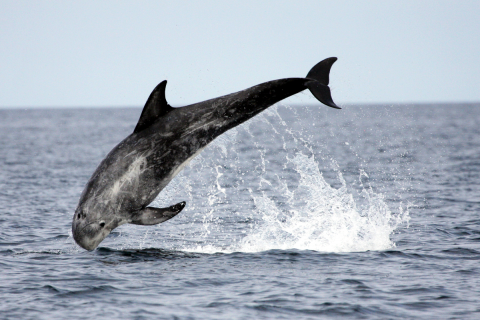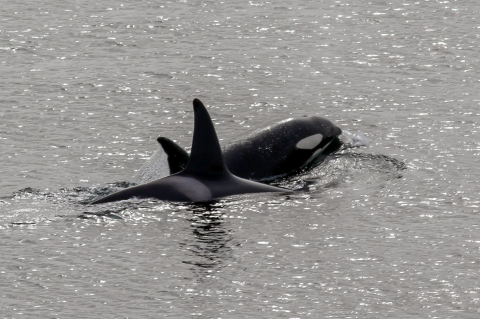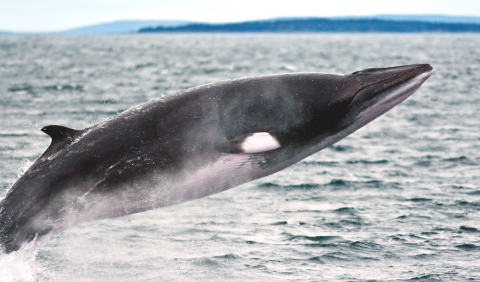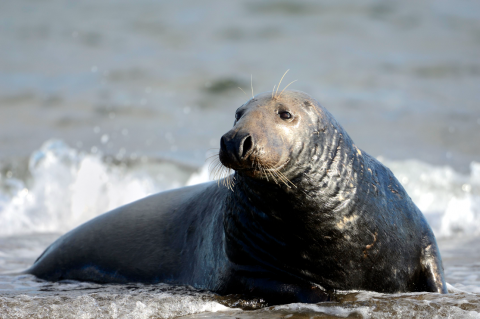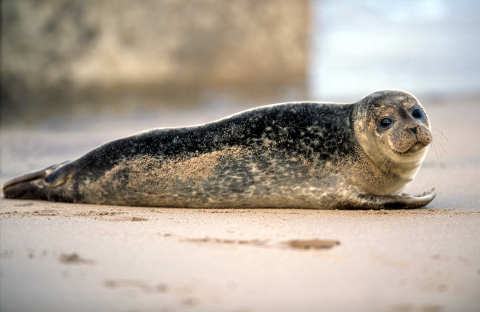Natural resources
Cultural services
Although predominantly out of sight, Scotland’s cetaceans are popular subjects for wildlife lovers, attracting tourists as well as scientific research. Seals are more accessible and readily enjoyed at many beach haul-outs, providing popular wildlife watching experiences as well as research opportunities and artistic opportunities. The appeal of these species means that wider awareness, enjoyment & understanding of their importance is not dependent on first-hand experiences, so the use of various communication outlets can bolster their reputation as an important resource for Scotland’s identity, global reputation and the health/well-being of people.
Functions
Regulating services
Not all cetaceans are present in Scottish waters in large numbers, and their ecology is often associated with larger geographic areas (e.g. North-East Atlantic). Grey seals roam widely throughout Scottish waters, but are sometimes present in large numbers at specific sites especially during the pupping season. Harbour seals are more dispersed but do not roam so widely and remain in coastal waters. Generally, large mammals will make a noteworthy contribution to the cycling of organic material and therefore the breakdown of waste that helps maintain water quality and sediments.
Supporting services
The benefits of cetaceans and seals are underpinned by natural processes and interactions as part of coastal and marine food webs, including through:
- Biomass production
- Predator-prey interactions
- Nutrient cycling
Ensuring these natural processes continue enables the ongoing supply of a wide range of benefits to people and nature.
Benefits for people
- Health and well-being
- Clean water and sediments
- Knowledge
- Spiritual / cultural
- Nature watching
- Aesthetic benefits
- Jobs and business
- Tourism and recreation


